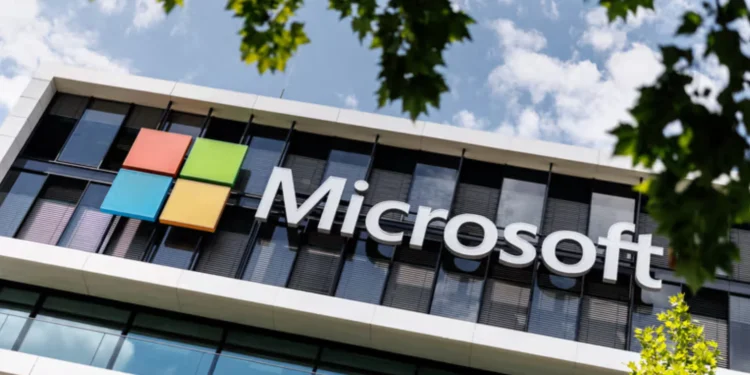In a potentially paradigm-shifting development for the future of healthcare, Microsoft has unveiled a new artificial intelligence system that it claims significantly outperforms human doctors in diagnosing complex medical cases by a staggering factor of four.
The tool, dubbed MAI DxO (Microsoft AI Diagnostic Orchestrator), is being positioned as a foundational step on the path toward what Microsoft terms “medical superintelligence”. Its performance on recent clinical case studies has stunned both the medical and tech communities, with the system achieving an 85.5% diagnostic accuracy rate on some of the most intricate patient scenarios recorded in the New England Journal of Medicine. In contrast, a panel of 21 highly qualified physicians from the US and UK only managed to reach correct diagnoses in 20% of those same cases.
While not yet approved for clinical use, the implications are as bold as they are controversial.
A New Era for Diagnostics
Microsoft’s AI system simulates the clinical reasoning process: it evaluates symptoms, orders the most relevant diagnostic tests, poses probing questions, and even considers treatment pathways. all while optimising for cost. This is particularly compelling in a world where overtreatment and diagnostic redundancies burden already stretched healthcare systems.
The secret to its prowess? MAI DxO operates on top of some of the world’s most powerful language models. including OpenAI’s o3, Claude, Gemini, and DeepSeek. But Microsoft reports that its most effective pairing was with OpenAI’s O3 model. The result is an orchestrated intelligence that doesn’t merely memorise medical facts, but applies clinical logic and step-by-step reasoning in real time. much like a seasoned consultant physician would in the ward.
We’re taking a big step towards medical superintelligence, noted Mustafa Suleyman, CEO of Microsoft AI, in a LinkedIn post. It’s a bold statement, and one that positions Microsoft at the forefront of an emerging battleground: AI-powered healthcare leadership.
What This Means for the Middle East
The implications for the Middle East. A region actively investing in digital health, biotech, and AI transformation is enormous.
From Saudi Arabia’s Vision 2030 ambitions to the UAE’s National Strategy for Artificial Intelligence, the integration of high-performing diagnostic AI could transform patient access, accelerate early detection, and reduce the region’s reliance on outbound medical tourism.
But challenges remain. As advanced as MAI DxO is, Microsoft acknowledges that real-world clinical environments are far more dynamic. Physicians don’t diagnose in silos. They consult peers, examine patients physically, and work within complex cultural, emotional, and ethical contexts. A machine, however advanced, cannot yet replicate those nuances.
Moreover, the technology will need to pass through extensive regulatory evaluation and real-world validation, especially in a post-pandemic world now hyper-aware of the limits and liabilities of technology-led healthcare.
A Bridge, Not a Replacement
Microsoft’s leadership is quick to clarify that MAI DxO is not about replacing doctors. But enhancing them. In the same way autopilot systems assist pilots, this AI could take over repetitive, logic-based diagnostic tasks, freeing clinicians to spend more time on human-centred care, empathy, and complex decision making.
As Bay Gross, VP of Health at Microsoft AI, framed it: this is “a proof of concept showing that LLM systems can master medicine’s most intricate diagnostic challenges by following the same step-by-step reasoning and debate process that expert physicians use every day.”
Caution or Acceleration?
As the world’s eyes turn toward this claim of ‘superintelligent diagnosis,’ health ministers, hospital executives, and medical educators in the Middle East will need to confront critical questions:
- Can these systems be adapted for the multilingual, multicultural realities of Gulf healthcare?
- What regulatory frameworks will govern their use?
- How do we ensure medical AI doesn’t amplify biases already present in datasets?
- Can clinicians across the region be upskilled to collaborate with these tools effectively?

The promise is real. But so is the responsibility.
Final Word
Microsoft’s MAI DxO might be the most significant step yet toward AI-integrated medicine. But this isn’t merely about a breakthrough in machine performance. It’s about redesigning the way the world, and especially the Middle East, thinks about diagnosis, care, and the role of humans in the healing process.
If even half the claims hold, the future of healthcare may arrive sooner than expected, not in decades, but in years.














